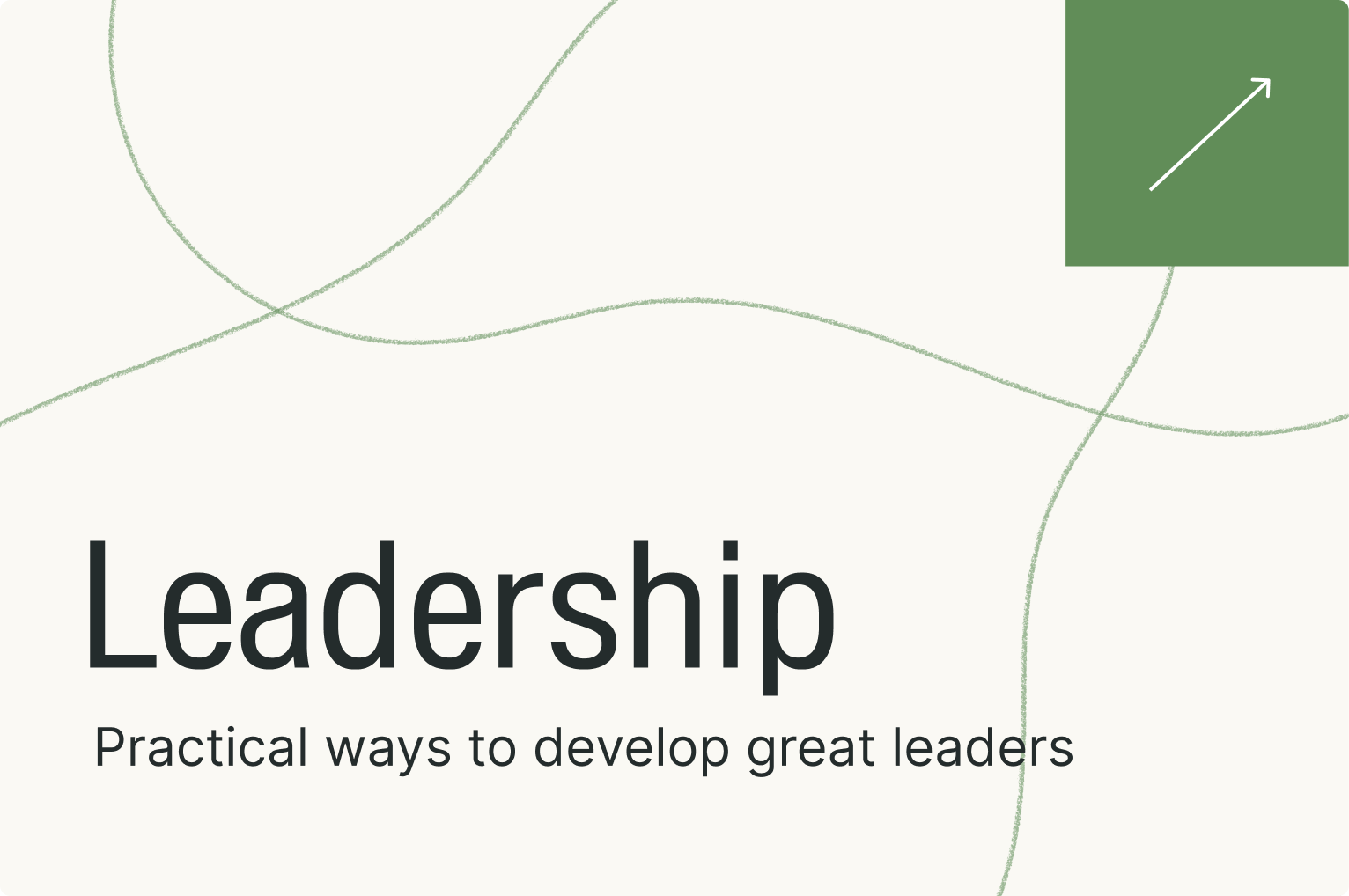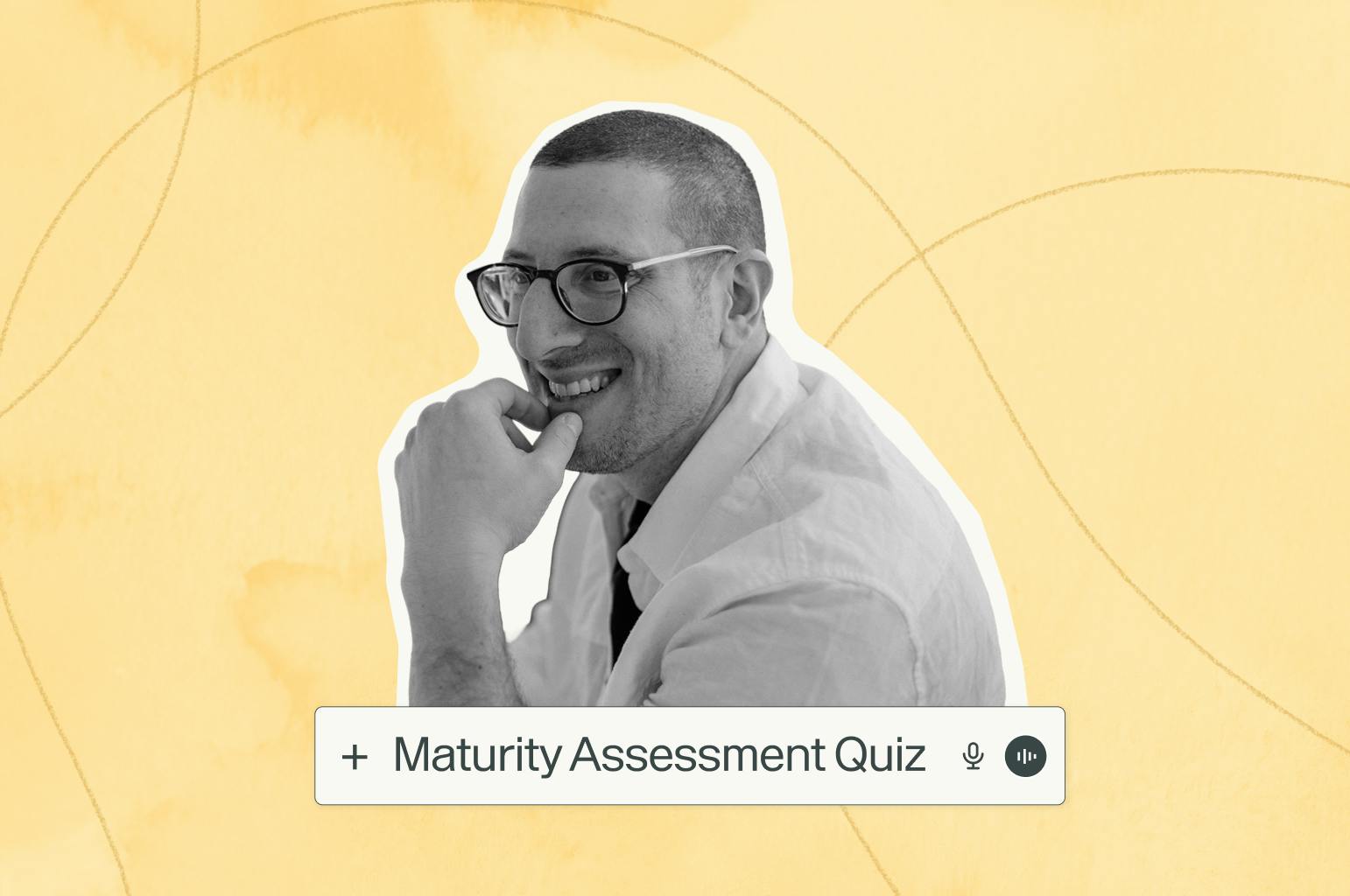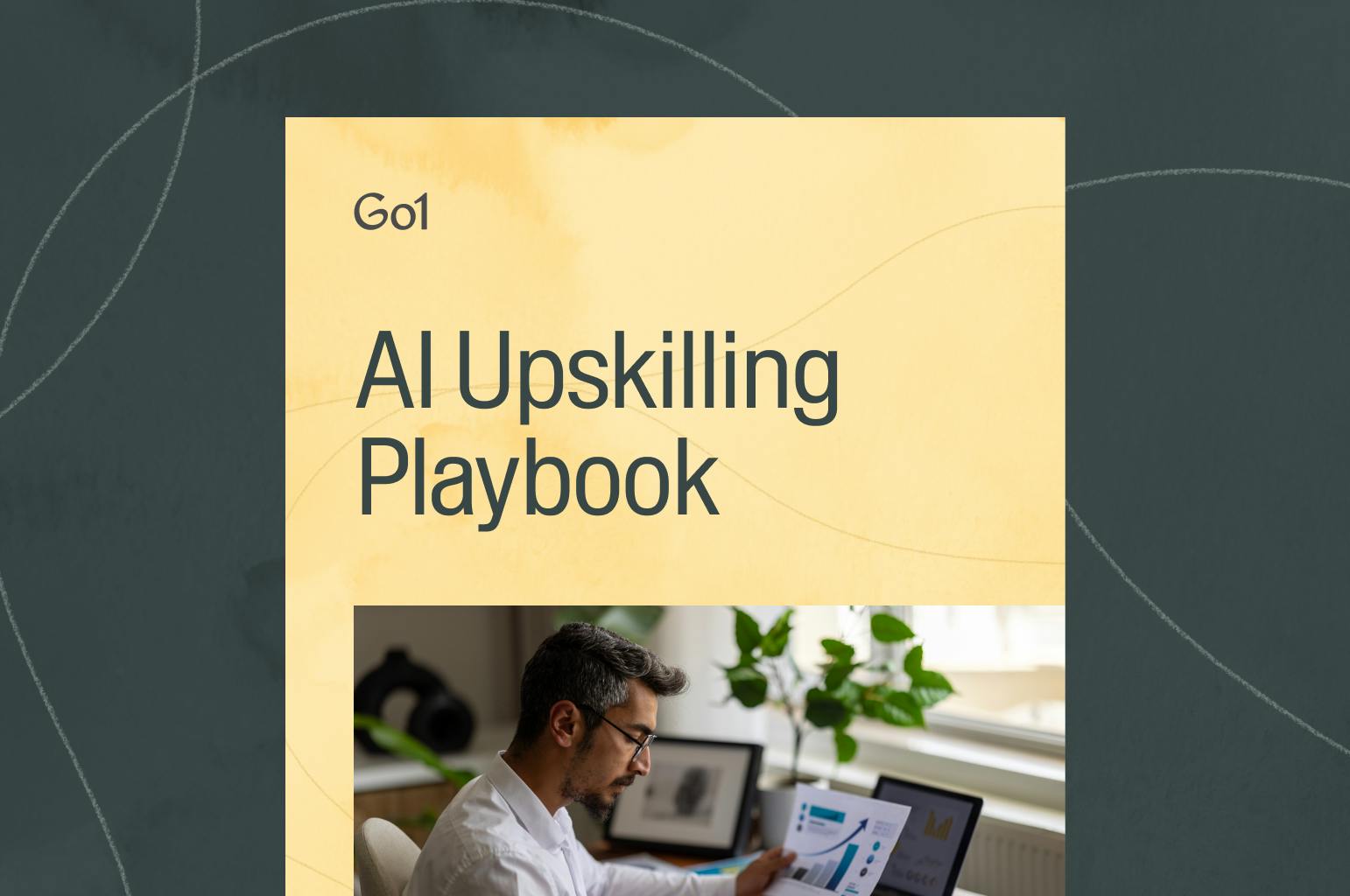How people managers can support employee career growth

Employees who set ambitious career goals are 34% happier at work than those who don’t. But here’s the challenge: 31% of employees say their managers don’t help them set those goals.
As a people manager, you play a huge role in career development—even if you don’t always realize it. Your guidance, encouragement, and collaboration can make the difference between a disengaged employee and a motivated one.
So how can you make career growth a priority without it feeling like extra work? Here are six simple strategies you can choose from as your next step.
Six career growth strategies to support your team
1. Shift from annual reviews to continuous career conversations
Most organizations only discuss career goals once, maybe twice a year during performance reviews. But waiting 6-12 months to check in? That’s a missed opportunity.
Instead, make career development a regular part of how you support your team by holding monthly or quarterly career check-ins to talk about their future, the skills they want to learn, and any challenges they’re facing that could hold them back. Offer real-time feedback so they can course-correct and improve overtime. And don’t forget to recognize their progress—because motivation thrives on even the smallest wins.
2. Help employees define what career growth means to them
Not every one of your employees wants to become a manager, and that’s okay. Individual Contributors (ICs) are just as crucial to the business. Career growth doesn’t always mean climbing the ladder—it may involve developing new skills, taking on bigger projects, or becoming an expert in their field. Instead of assuming what success looks like for your team, help them figure it out.
Ask coaching-style questions like:
- What excites you the most about your work here?
- Are there any skills you want to work on in the next 6-12 months?
- What does success look like for you?
- Where do you see yourself in 3–5 years?
These simple questions can spark meaningful conversations and help employees take ownership of their growth. To help them feel more comfortable sharing and elaborating on answers, make sure to actively listen and ask questions.
3. Set achievable goals together
Sometimes, you need more structure going into these conversations. For employees that crave that, most managers rely on the SMART (Specific, Measurable, Achievable, Relevant, Time-bound) framework for goal-setting. While that works, the CLEAR method is often better for career development because it’s more flexible and motivating. When using this structured approach to goal setting with employees, make them:
- Collaborative: Align individual goals with business needs so employees feel their growth matters.
- Limited: Focus on a few high-priority goals (3-5 max) to keep things reachable.
- Emotional: Connect goals to personal values so employees stay invested.
- Attainable: Break big goals into smaller, achievable milestones to prevent overwhelm.
- Refinable: Allow flexibility to adapt goals as business needs change.
Explore the Go1 course library to find the right training for your team
4. Stay on top of industry trends and share findings regularly
To help employees grow in a specific industry, they’ll want goals that are relevant to the future of work. The best way to support them? Make sure they have access to learning opportunities that reflect emerging trends.
For example, if your company is investing in AI, automation, or sustainability, help employees explore how these areas impact their roles. Consider holding a working session with them or the entire team on a specific tool you should all become experts on. Keep an open dialogue about what’s changing in your industry and encourage continuous learning so your team stays ahead.
5. Build a culture of learning everyday
Career development shouldn’t be limited to formal training programs. The best workplaces make learning a daily habit, not a one-time event. Here’s how you can make learning a natural part of your team’s work:
- Offer diverse learning opportunities. Mix up who the team learns from with peer mentorship opportunities and hands-on projects that are cross-collaborative.
- Make learning personal. Employees should have access to training that’s relevant to their current role and future aspirations. Work with your L&D team to help decide what should be assigned to your team.
- Recognize learning efforts. Celebrate when employees take the initiative to grow—whether it’s completing a course, sharing insights, or mentoring others.
When learning is part of the culture you’re creating, employees are more likely to take goal-setting seriously and follow through on it.
6. Make goals visible and measurable
Goals that aren’t documented often get forgotten. To keep both you and your employees abreast of progress and successes, encourage them to write down goals and revisit them regularly. Encourage your team to share their goals with each other to foster collaboration and make sure you’re setting goals for yourself and sharing openly, too.
Make career growth easier with Go1
The best workplaces don’t just talk about career development, they actively support it.
That’s where Go1 can help. People managers can work with their L&D teams to connect employees to the right learning resources, track progress, and build a culture of continuous growth all within one subscription.
Related Articles

Application Guide: How to use the Go1 AI for L&D Maturity Assessment to assess our workforce AI capability

AI upskilling made clear: A practical guide to building an AI-ready workforce

Go1 welcomes PepTalk

5 Data-Backed Insights Shaping the Future of AI in Workplace Learning

Train smarter, spend less
Train smarter,spend less
Connect with a Go1 expert to explore the best training options for your organization—no pressure, just solutions that work.